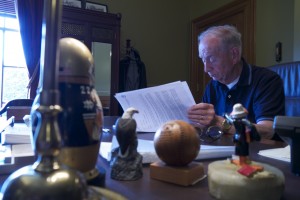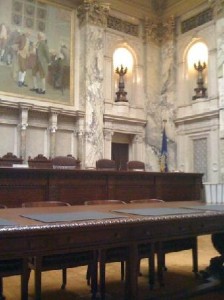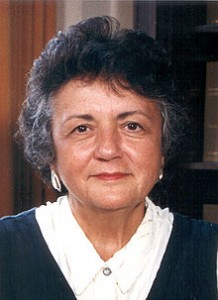Legal Community Mourns Justice Patrick Crooks
 The Wisconsin legal community is mourning the sudden death of Justice N. Patrick Crooks. A native of Green Bay, Wisconsin, Justice Crooks was elected to the Wisconsin Supreme Court in 1996 and won a second term in 2006. He recently announced that he would not stand for re-election in 2016.
The Wisconsin legal community is mourning the sudden death of Justice N. Patrick Crooks. A native of Green Bay, Wisconsin, Justice Crooks was elected to the Wisconsin Supreme Court in 1996 and won a second term in 2006. He recently announced that he would not stand for re-election in 2016.
Before joining the Wisconsin Supreme Court, Justice Crooks served as a Judge on the Brown County Circuit Court. He was named Trial Judge of the Year in 1994 by the Wisconsin Chapter of the American Board of Trial Advocates. He was widely respected as an independent and conscientious jurist. He will be missed.
Photo Credit: Jake Harper/Wisconsin Center for Investigative Journalism


